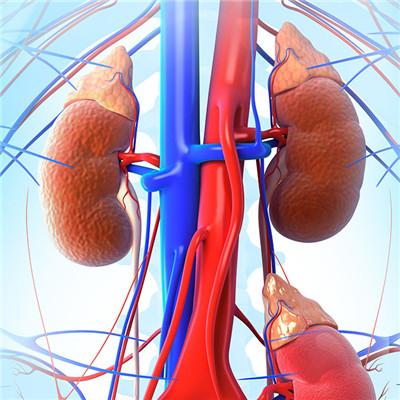Symptoms of vertical strabismus in children
summary
Vertical strabismus is found in clinic, and there are many causes. For example, the congenital anatomy of the eye may cause the shift of the starting and ending points of the extraocular muscles. Some patients may have superior oblique paralysis caused by intracranial injury, or orbital tumor, and some systemic diseases may also cause vertical strabismus, such as common multiple sclerosis, thyroid ophthalmopathy, etc. What are the symptoms of vertical strabismus in children? Now let's talk about it.
Symptoms of vertical strabismus in children
In clinic, the symptoms of vertical strabismus are different because of the different etiology of each patient. If children's strabismus occurs after the age of 6-8 years old, children will often have more or less diplopia. The children before this age can limit diplopia by inhibiting or abnormal retinal correspondence when they have strabismus because of their strong perceptual adaptability; In the children's eyes without oblique position, the phenomenon of no inhibition will appear in children with normal stereopsis. Patients with vertical strabismus may also have symptoms of abnormal head position after the onset of the disease.

In addition, although children's strabismus is a common eye disease in children, it is also an eye disease easily ignored by parents. For vertical strabismus, the treatment principle in clinical is mainly early detection and early treatment. If parents do not pay attention to the delay of treatment, the consequences are very serious, the light consequences will affect the appearance of children in the future, the serious situation will directly affect the normal visual development of children's eyes, which will lead to lifelong loss of binocular function. At the same time, it will also make the child's psychology bear some unnecessary pressure, so the treatment must be carried out as soon as possible.

In the treatment of vertical strabismus, it should be noted that when the children's eyes show small deviation angle or common deviation, prism mirror can be used in the treatment; For children with persistent diplopia, monocular covering is needed during treatment; If the children's eyes deviate greatly and diplopia persists, surgery is needed. The choice of the specific operation method depends on the quantitative measurement results of the children's eyes.

matters needing attention
Strabismus refers to uncoordinated vision. In the early stage of newborn, because of the poor function of ocular muscle regulation, there is often a process of temporary strabismus (also known as physiological strabismus). If it is not corrected in time, it may develop into strabismus for a long time.
















